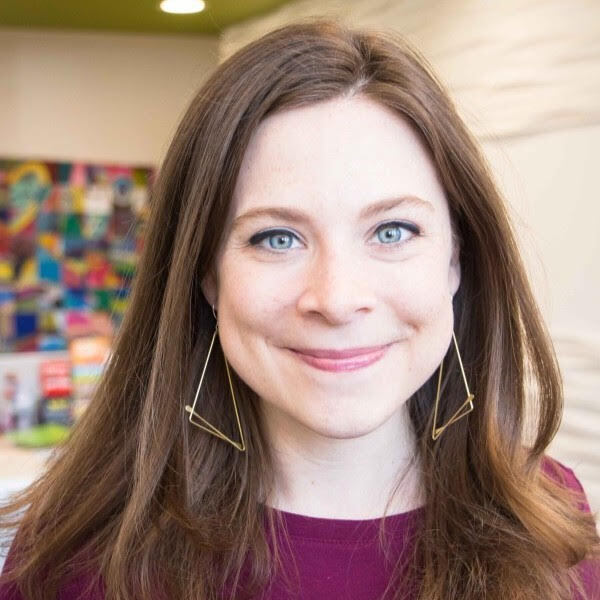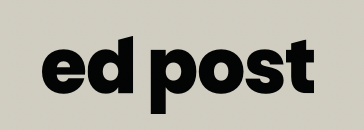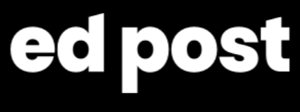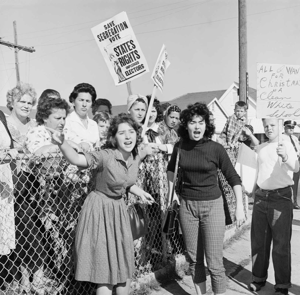Story
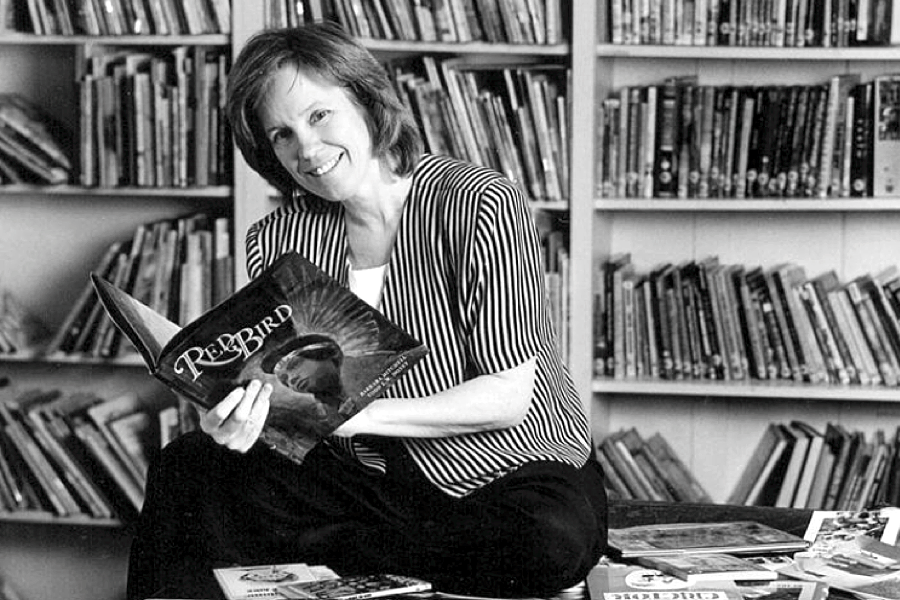
White Women Teachers Like Me Were ‘Sold a Story’ About Reading That Matched Our Privileged Worldview
I still look back with embarrassment about how my instructional approach may have set my students, who were predominantly English learners, on a path of lifelong difficulty with reading.
Back in 2009, as a brand-new kindergarten teacher, I faced an inevitable and impossible task. Like countless other educators across the country before and since, I was forced to cobble together instructional resources without a formal reading curriculum. Little did I know that one of the most trusted reading resources I embraced in those days was based on a flawed, privileged premise of how children best learn to read.
One of my veteran teacher colleagues offered me a hand-me-down copy of Lucy Calkins’ “Units of Study for Teaching Reading.” Calkins’ instructional units promote what we now call the “balanced literacy” approach to teaching reading. This approach became wildly popular, in part because it appeals to the sentiments of white women like me—politically progressive and deeply engaged in education.
A central premise of balanced literacy is that children first learn to read by loving reading, and that the way to get children to love reading is to engage with lots of books. This idea is not entirely wrong, but it leaves out a key aspect of the process of learning to read: learning to match letters and sounds to “crack the code” of written language. Unfortunately, many proponents of balanced literacy still cling to a disproven theory of how children learn to read, one that de-emphasizes understanding the relationship between sounds and letters.
Calkins learned about reading from another blockbuster professor, Gay Su Pinnell, who is a champion of balanced literacy. Her ideas about writing were a good match with Calkins’ ideas about writing, which were formed in England during the country’s heady days of progressive education in the 1970s.
Teachers Were ‘Sold a Story’ Shot Through with Privilege
As journalist Emily Hanford brilliantly observes in her podcast, “Sold a Story,” Calkins published a 1985 book about writing in which she asserted that eager, curious children would discover language conventions like spelling and punctuation from words in real life, from billboards to “the monogram letters on their bath towels.”
It’s an assertion that is sentimental, idyllic, and steeped in privilege—including a particular privilege held by those of us who were once little white girls, regardless of family wealth, who were successful in school and lauded by our teachers as being good readers.
Many of us, whether teachers like me or journalists like Hanford, learned to read easily and found joy in the experience. That means we don’t intuitively know what other people need to become good readers.
A vision of balanced literacy—with a balance heavy on exposure to books but light and haphazard on instruction in code-cracking—fits our model of childhood as a time of magical exploration. To many teachers, it’s a much more attractive vision than what they imagine is necessary to directly teach cracking the code: “drill-and-kill” worksheets, and scripted lessons. (It’s entirely possible to teach phonics without boring children, but not everyone knows this.)
The idea that reading is a “natural” process parallels the worldview that leads many white women (and other people) to buy non-GMO foods despite not really understanding what that means or the dubious science behind it. It’s the same philosophy that undergirds many educational movements rooted in children “discovering” learning as opposed to being directly taught concepts in a structured, systematic way.
While this approach works for some children, it leaves a much larger proportion of children adrift and floundering.
These children come from all socio-economic backgrounds, but the impacts are particularly pernicious for low-income kids. As Hanford notes, many affluent children are shortchanged educationally by a lack of attention to reading fundamentals; but some of them may be more likely to escape notice because they have parents who can afford the time and money to supplement what their children are learning in school, either through their own efforts or through tutoring.
When teachers want to share their love of reading, but don’t explicitly show young children how to decode text, then provide increasingly complex text coupled with strong instruction in academic content and comprehension, their well-meaning efforts produce exactly the opposite of the intended effect. Children come away from lessons feeling like they aren’t smart, they hate reading or reading just isn’t for them. Those lovely visions of children basking in book-filled rooms crumple into bored, frustrated children who are more likely to act out their disengagement.
Couple that with the well-documented racial biases in discipline that teachers show against students of color, and you have a road map for the school-to-prison pipeline.
‘I Just Don’t Know What It Says!’
I remember a painful illustration of this dynamic in my own teaching. As I sat with one of my 5-year-old students who was struggling with a “just-right” book, encouraging him to look at the pictures, look at the first letter, guess the word, he became more and more upset with me. He looked at me tearfully, threw the book off the table and yelled, “I just don’t know what it says!”
I told him to “take a break.”
In the 20-plus years that Calkins’ reading curriculum has been a mainstay of beginning reading instruction, I am confident this kind of exchange has taken place every school day somewhere in America.
Fortunately, Lucy Calkins’ curriculum was only one component of my literacy instruction, supplemented with other resources to teach phonics and phonological awareness. However, I still look back with embarrassment about how my instructional approach may have set my students, who were predominantly English learners, on a path of lifelong difficulty with reading.
Unfortunately, most teachers are not well-informed in cognitive science research about how children learn to read. I was fortunate to have some basic training in phonics and was able to put it to work with my students to a degree. But it wasn’t enough.
Many teachers who share my experience and shame about harming students are now coming forward to learn and try to do better.
But it’s entirely another thing not to want to know better. It’s worse yet to dig in your heels and refuse to change practice when it’s clear change is needed.
Let’s Drop Our Defenses and Act Humbly for Our Students
Calkins has been exceedingly slow to admit her mistakes. Only recently has she conceded that her reading curriculum lacks a solid basis in evidence, telling the New York Times, “All of us are imperfect. The last two or three years, what I’ve learned from the science of reading work has been transformational.”
Worse, her compatriots in the educator-guru hall of fame, Irene Fountas and Gay Su Pinnell, have entirely resisted admitting the harmful impacts of their seminal work in Reading Recovery and Leveled Literary Intervention, a leading “balanced-literacy” curriculum.
This, too, is a hallmark of privilege. We’ve all seen the well-worn trope about the response when white women are confronted by their harms: we stew in “fragility''—defending our intentions instead of acknowledging our impact.
If we shirk our responsibility for meeting the needs of our students in favor of protecting our own egos or maintaining some halcyon image of what learning should look like, we will only see expanding gaps and continued erosion of the public school system we hold dear.
Unfortunately, educators are notoriously slow to adapt new practices to reflect emerging research or evolving cultural expectations. As public trust in teachers continues to erode and the political wars over the content of what is taught in school deepen, educators must be at the forefront of intellectual honesty, integrity, and humility.
